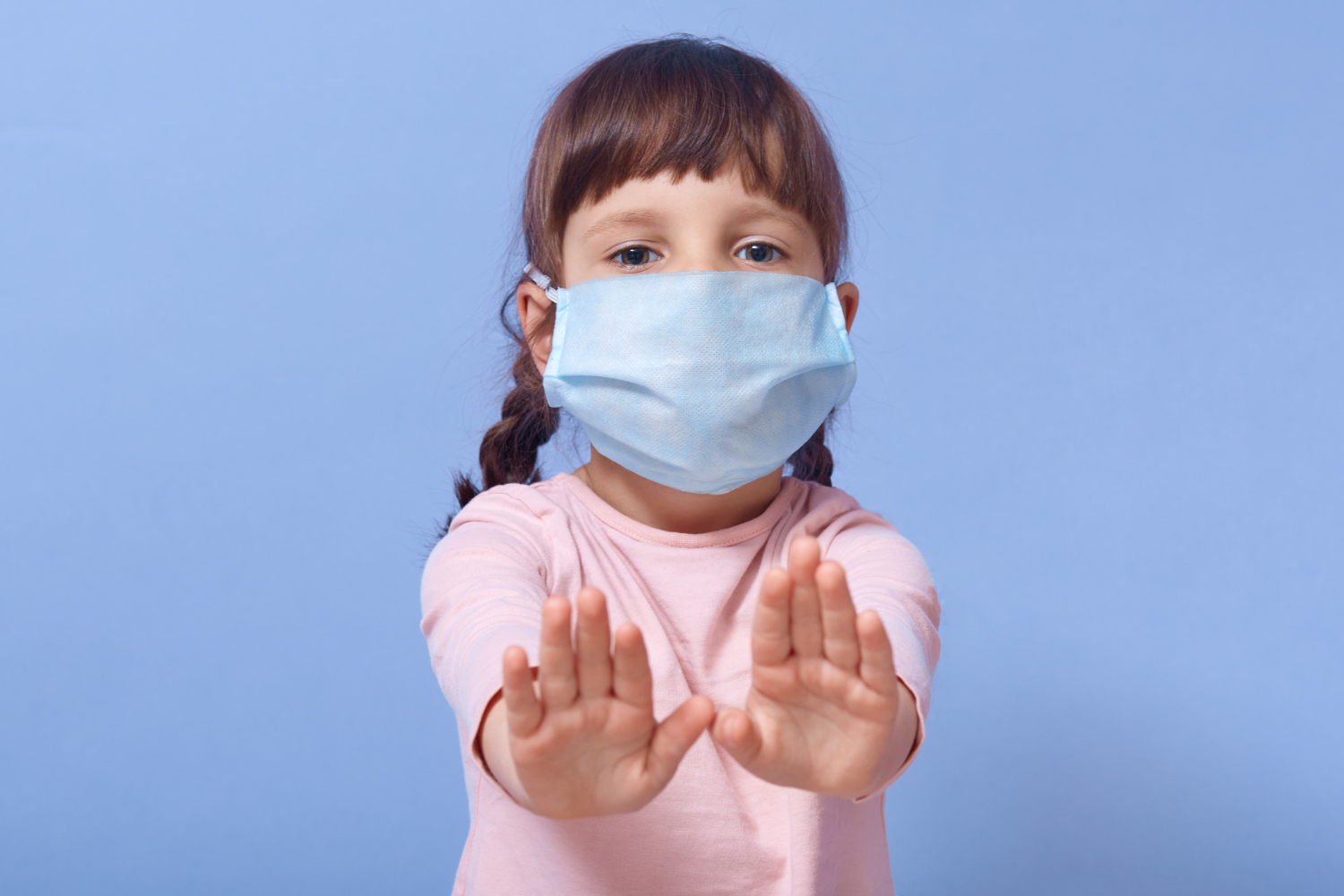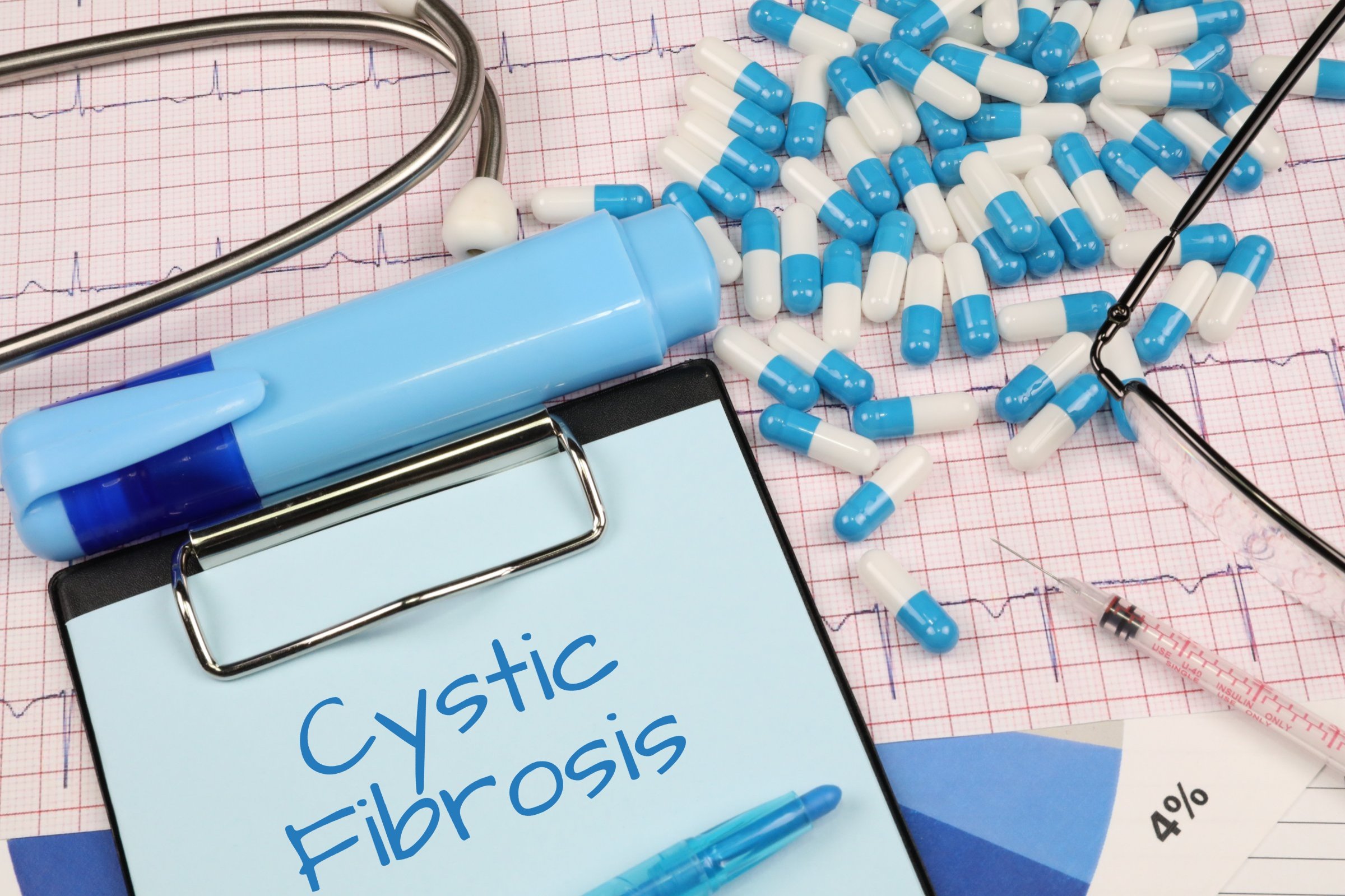In March 2020, a novel pandemic, COVID-19, caused by SARS Cov 2 was declared by the WHO.
Any emerging respiratory pathogen could spell trouble for patients with chronic lung disease, and most of the specialists caring for patients with Cystic Fibrosis (CF) feared for the worst.
The observational study of the European Cystic Fibrosis Society Patient Registry was aimed to assess the incidence, clinical course, and outcome of SARS Cov 2 infection in patients with CF versus the general population from February 2020 to June 2020.
According to this study, for the vast majority of the European CF populations, the incidence of SARS-CoV-2 was significantly higher than in the age-matched general population. SARS-CoV-2 incidence was significantly higher in lung-transplanted patients with CF (8.43/1000, 95% CI: 5.35-12.62) versus non-lung transplanted patients (2.36/1000, 95% CI: 1.94-2.86).
Compared to the general population, Cystic Fibrosis patients (regardless of transplantation status) had significantly higher rates of admission to hospitals for all age groups with available data. 78.9% had symptoms of SARS-CoV-2 infection, while 21.1% were asymptomatic.
Lung-transplanted CF patients had a higher rate of symptomatic SARSCoV-2 than non-lung transplanted ones (91.3% versus 76.2%)
CF patients with COVID-19 disease most reported general symptoms (≥1 event of fever, fatigue, headache, arthralgia/myalgia) (84/122 [68.9%] with information about these symptoms), followed by pulmonary symptoms (66/112; 58.9%) (≥1 event of increased cough, dyspnea, chest tightness, wheezing, sputum production, hemoptysis). CF individuals with SARS-CoV-2 infection were mostly treated with additional intravenous antibiotics (49.5%) and additional oral antibiotics (36.8%). Oxygen was administered to 24/86 (27.9%) patients, and 10/80 (12.5%) received some form of respiratory support. Five CF patients received non-invasive ventilation, 5 required invasive ventilation, and 2 had additional extracorporeal membrane oxygenation (ECMO). Most patients recovered (96.2%); however, 5 (3.8%) died. Of the 5 patients who died, 3 had received a lung transplant, and 2 did not.
In conclusion: CDC and CF Foundation recommendations for the CF community during the pandemic.
- Hand hygiene, use of sanitizers.
- Facial masks -everyone age 2 years and older should wear a well-fitting mask indoors in public in areas where the COVID-19 community level is high, regardless of vaccination status.
- Avoid indoor spaces with little airflow and crowded outdoor spaces.
- The option of distance or home education should be available for all people whose health makes the risk of attending school in person too great.
- School recommendations for children with CF.
- All school people — including teachers, staff, children, and visitors — wear masks, even if they are vaccinated.
- Short- and long-term disability, Employee Assistance Program for adult patients
- Social distance -1,83m
- Testing of sick family members to prevent spreading the infection to others.
- Following daily routine treatments regimens is mandatory
- CF specialist counseling or admission to the emergency room if feeling sick-fever, flu-like symptoms, trouble breathing than usual, changes in cough, or chest pain. During the pandemic, video appointments and counseling are also encouraged.
- Up-to-date vaccination for COVID-19 if eligible (5)
Hope this helps!
Best regards,
Satenik Haroutunyan, Pediatric department N1, Muratsan University Hospital




